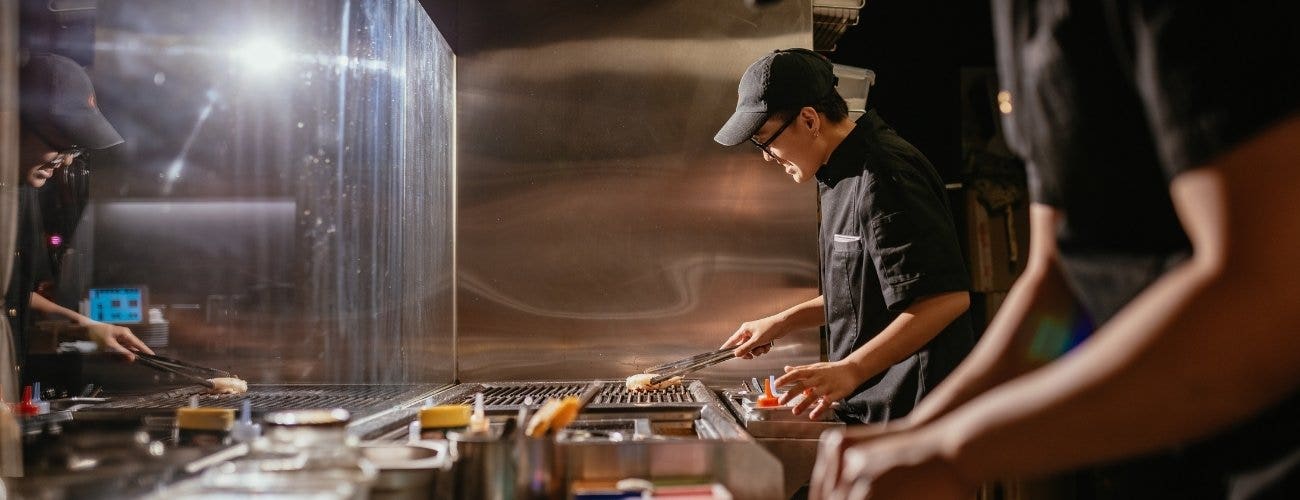Top 10 Tips for Efficient Commercial Kitchens
Restaurant Equippers • Jan. 23,2025 • 15 minute read time
Top 10 Tips for Efficient Commercial Kitchens
Commercial cooking is a complex operation. It requires a blend of culinary skills, management acumen, and technical knowledge. Efficiency is key in this environment. It can make the difference between a thriving business and one that struggles to keep up.
This article aims to help those in the food service industry—specifically, those who manage or work in commercial kitchens. We're talking about restaurant owners, chefs, kitchen managers, and catering service providers.
We'll explore the best practices for running a commercial kitchen. This includes selecting and maintaining restaurant equipment, improving catering services, and enhancing overall food service.
We'll also explore tips for optimizing your kitchen layout and food preparation processes. Plus, we'll discuss the role of technology in streamlining operations.
Whether you're a seasoned professional or a newcomer to the industry, you'll find valuable insights here. These tips can help you optimize your operations for efficiency and success.
Optimize Your Kitchen Layout
A well-designed kitchen layout is crucial for maintaining a smooth workflow. It reduces unnecessary movement and maximizes efficiency. Proper layout planning ensures the kitchen's structure supports the staff's needs.
The workflow in a commercial kitchen should mirror the food preparation process. Place appliances, workstations, and storage in a logical sequence. This minimizes the distance between food prep equipment and cooking areas, enhancing productivity. Consider the needs of your staff. An ergonomic layout reduces strain and fatigue. This leads to improved morale and higher efficiency. Staff can focus on their tasks without battling poor design.
A checklist for optimizing your kitchen layout can be helpful:
- Ensure clear paths between stations.
- Position workstations for easy access to tools and supplies.
- Allocate storage areas close to where items are used.
- Designate specific areas for prep, cooking, and cleaning.
Regularly review and adjust the layout based on feedback from your staff. What works for one team might not work for another. Maintaining a flexible approach allows for continuous improvement. This adaptability can significantly impact the overall efficiency of your commercial kitchen.
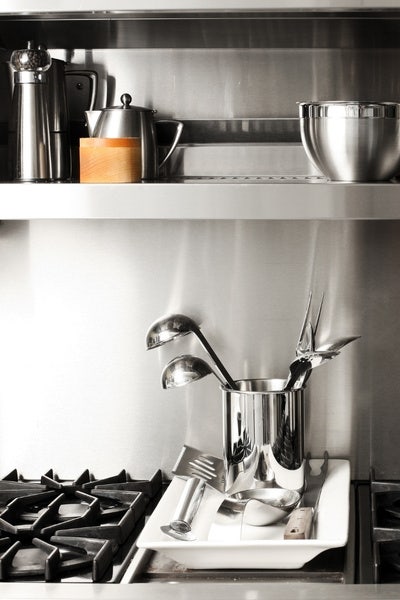

Invest in High-Quality Restaurant Equipment
Investing in top-notch restaurant equipment offers long-term benefits.
Quality appliances are designed for durability and efficiency, which saves time and money. With reliable equipment, you experience fewer breakdowns and service interruptions.
High-quality restaurant equipment also supports consistent food quality, which is essential for customer satisfaction. It ensures that the cooking process is uniform, leading to better end products. Customers will notice and appreciate the consistency.
Selecting the right equipment involves knowing your kitchen's specific needs. Evaluate your menu and cooking requirements. This helps you choose machines and tools best suited for your culinary tasks.
Here's why you should invest in high-quality equipment:
- Reduced repair and maintenance costs.
- Enhanced kitchen performance with reliable operations.
- Prolonged lifespan, offering better returns on investment.
- Improved safety features, protecting staff from potential hazards.
Maintenance of this equipment also becomes more manageable. Most high-end machines come with excellent customer support and detailed guidance. This supports kitchen efficiency and keeps operations running smoothly.
Spend wisely once, and you'll reap the benefits in the years to come. Prioritizing quality over short-term savings can transform your commercial kitchen's operations.
Maintain and Service Your Equipment Regularly
Regular maintenance is crucial for equipment longevity. Scheduled servicing prevents unexpected breakdowns that disrupt kitchen operations. By maintaining your machines, you minimize downtime and maximize productivity. Equipment servicing should be a proactive measure, not a reactive one. Waiting until something fails can be costly.
Regular checks help identify potential issues before they become major problems. Implement a maintenance schedule tailored to your equipment. This schedule should include daily, weekly, and monthly tasks. Routine cleaning and inspection help ensure that all machines function optimally.
Consider these essential maintenance tasks:
- Clean equipment thoroughly to prevent buildup and wear.
- Check for any signs of malfunction or wear regularly.
- Lubricate moving parts as recommended by manufacturers.
- Calibrate devices to maintain accuracy in temperature and time settings.
Training staff on basic equipment maintenance is equally important. They should be familiar with operating procedures to prevent mishandling. A well-maintained kitchen fosters a safe environment for food preparation.
Hiring professional service technicians for complex tasks also enhances efficiency. They bring specialized knowledge and tools, ensuring that technical issues are resolved correctly and swiftly. Proactively investing in maintenance saves money and ensures smooth kitchen operations.
Streamline Your Food Preparation Process
Efficiency in food preparation is vital to a successful kitchen. A streamlined process reduces waste, boosts productivity, and enhances the quality of the dishes served to customers.
Start by organizing your prep stations effectively. Ensure that all necessary tools and ingredients are easily accessible. Group similar tasks together to save time and energy during peak hours.
Batch cooking can be a significant time-saver. Prepare large quantities of commonly used components in advance. This method is especially useful for catering services that require quick turnaround times.
Implement a prep list to guide kitchen staff. This list should include:
- Ingredients to be prepped along with quantities.
- Specific times for starting and finishing each task.
- Any special instructions or notes for unique items.
Collaborate with your team to identify any bottlenecks in the current process. Encourage communication to share tips that might help others work more efficiently. This collective effort supports a smoother workflow and improves overall output. Finally, keep the workspace clean and organized. A tidy work area fosters swift movement and reduces the chance of errors or accidents. Proper organization allows staff to focus more on cooking rather than searching for items. Implementing these strategies will enhance the efficiency and satisfaction in your kitchen.
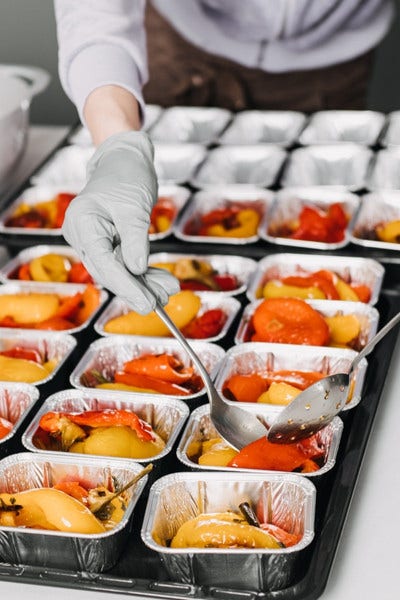

Embrace Technology in the Kitchen
Technology plays a pivotal role in enhancing kitchen efficiency. Integrating modern solutions can transform how your kitchen operates. Tools for automation and digital management can streamline many processes.
A point-of-sale (POS) system can significantly simplify order tracking. It allows for accurate and timely communication between front-of-house and back-of-house. This technology reduces errors and boosts overall workflow efficiency.
Kitchen display systems (KDS) can replace traditional paper tickets. KDS provides real-time updates and ensures orders are displayed clearly. This reduces confusion and helps manage large volumes during peak service times.
Consider adopting digital inventory management tools. These tools help track stock levels precisely and even automate reordering. Keeping accurate tabs on your inventory can prevent unnecessary waste and shortfalls.
Adopting these technologies can dramatically improve kitchen management:
- POS Systems: Streamline order processing.
- Kitchen Display Systems: Enhance order visibility and accuracy.
- Digital Inventory Tools: Automate stock level management.
However, integrating new technology requires proper training. Ensure your staff is comfortable with using these tools effectively. Continuous assessment and updates will keep your systems running optimally. Embracing technology can lead to smoother operations and increased efficiency.
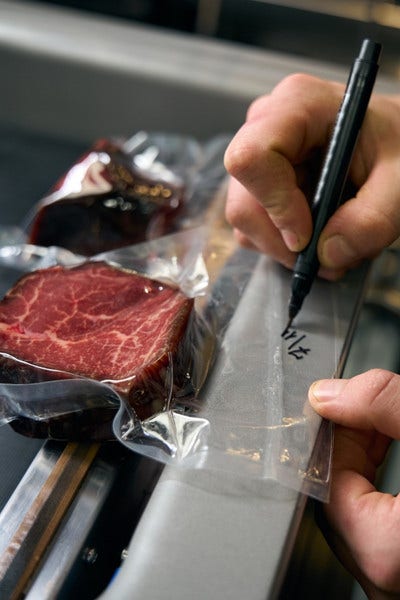

Master Inventory Management
Effective inventory management is crucial for commercial cooking operations. It ensures that you always have the necessary ingredients on hand. Properly managing inventory helps reduce waste and control costs.
One method is the first-in, first-out (FIFO) system. This technique ensures that older stock is used before new stock. It minimizes spoilage and keeps your inventory fresh. Regularly conducting inventory checks can prevent overstocking and stockouts. Count your supplies and compare them with your sales data. This practice aids in understanding usage patterns and adjusting orders accordingly.
Investing in digital inventory tracking systems can enhance accuracy. These systems automate stock management and alert you to low levels. Such tools save time, reduce manual errors, and provide real-time insights.
Here are key tactics for mastering inventory management:
- Implement the FIFO system for stock rotation.
- Schedule routine inventory checks for accuracy.
- Utilize digital tracking systems for efficiency.
Balancing inventory is not just about ordering the right amount. It's about understanding your kitchen's needs and adapting strategies accordingly. Mastering this aspect of food service can significantly impact your kitchen's efficiency and profitability.
Plan Your Menu Smartly
Smart menu planning is fundamental to the efficiency of commercial cooking. A well-structured menu can simplify kitchen operations. It influences preparation times, ingredient use, and overall workflow. When designing a menu, focus on versatility.
Choose recipes that share common ingredients to minimize waste. This approach can streamline food preparation and help manage inventory more effectively. Another critical aspect is incorporating seasonal ingredients.
Seasonal produce is often more affordable and fresher. It also adds variety to your offerings, which can attract more customers.
Balancing signature dishes with trending items can appeal to loyal and new customers. Regularly revising the menu ensures that it remains relevant and exciting. Responding to customer feedback can also guide necessary adjustments.
Tips for smart menu planning include:
- Use versatile recipes with shared ingredients.
- Incorporate fresh, seasonal produce for variety.
- Balance between customer favorites and new trends.
Planning your menu wisely can optimize kitchen operations and reduce costs. Efficient menu strategies also lead to smoother service and enhanced customer satisfaction, improving the dining experience and boosting your restaurant's profitability.
Train Your Staff for Excellence
Staff training is a cornerstone of commercial cooking success. Well-trained employees boost kitchen efficiency and ensure high-quality food service. They adapt better to challenges and handle pressure effectively.
Proper training instills consistency in food preparation. This leads to standard dishes that meet customer expectations. It also reduces errors in orders and enhances communication among kitchen staff.
Fostering a culture of continuous improvement is vital. Encourage ongoing learning and development to keep skills sharp. This can be achieved through workshops or mentorship programs.
Cross-training staff to perform multiple roles enhances flexibility. It ensures that operations run smoothly even if someone is absent. Employees who can multitask are invaluable assets to any kitchen team.
Key points for effective staff training include:
- Focus on consistency and communication skills.
- Encourage continuous learning through workshops.
- Cross-train employees for greater flexibility.
By prioritizing staff training, you set the foundation for a high-performing kitchen. An adept team is a major factor in delivering excellent food service. This approach enhances operational efficiency and elevates the dining experience.
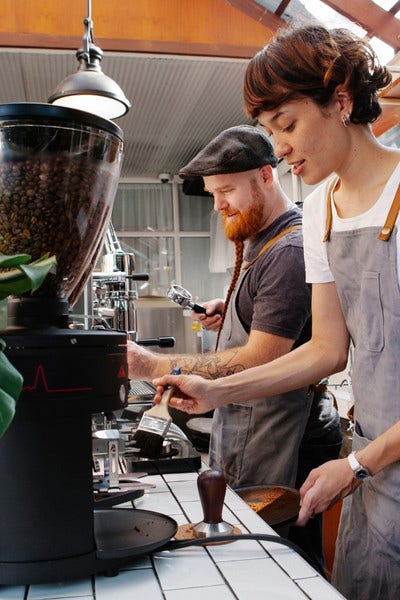

Implement Energy-Saving Practices
Energy efficiency is crucial in commercial cooking. Reducing energy use lowers utility bills and benefits the environment. Small changes can lead to significant savings over time.
Start by choosing energy-efficient restaurant equipment. Look for Energy Star-rated appliances designed to consume less power. These devices are a worthwhile long-term investment.
Regular maintenance ensures that kitchen equipment operates at peak efficiency. Dirty or worn-out appliances use more energy. Keep them clean and serviced to prevent energy waste.
Incorporate smart practices throughout the kitchen. Turn off equipment when not in use and utilize energy-saving settings. Even simple adjustments like maintaining optimal refrigerator temperatures can make a big difference.
Consider the following energy-saving practices:
- Choose Energy Star-rated equipment.
- Schedule regular maintenance for appliances.
- Use energy-efficient light bulbs.
- Optimize refrigeration temperatures.
Implementing these strategies helps you manage operational costs and promote sustainability. Reducing energy consumption is not only responsible but practical. It enhances your kitchen's efficiency while supporting eco-friendly initiatives.


Uphold Food Safety and Hygiene Standards
Maintaining food safety and hygiene is fundamental in commercial kitchens. Failing to comply with health regulations can lead to severe consequences. It could result in foodborne illnesses, fines, and reputational damage.
Start by implementing rigorous cleaning protocols. Make sure all surfaces, utensils, and equipment are sanitized regularly.
Assign specific tasks to team members to ensure consistency and thoroughness. Staff training is crucial for maintaining high hygiene standards.
Educate your employees on the importance of proper handwashing and food handling techniques. Regular workshops and reminders can reinforce these practices.
Effective food safety also involves managing food storage and preparation. Ensure that perishables are stored at appropriate temperatures. Use proper labeling to avoid cross-contamination and spoilage.
Key practices to uphold food safety standards include:
- Implement regular cleaning and sanitizing schedules.
- Train staff on handwashing and food handling.
- Store food at safe temperatures.
- Label and date all prepared food items.
Following these steps ensures a safe dining experience for your customers. Proper hygiene and safety measures protect your patrons and your business. Commitment to these standards supports a successful, reliable food service operation.
Enhancing efficiency in commercial kitchens is a continual process that demands dedication and strategic adjustments. By focusing on key areas such as layout optimization, high-quality restaurant equipment, and robust staff training, kitchens can run more smoothly.
Embrace technology, effective inventory management, and energy-saving practices to boost productivity and reduce costs. Prioritizing food safety and hygiene, along with smart menu planning, ensures a safe and satisfying experience for diners. These ten tips can transform a commercial kitchen into a thriving hub for exceptional food service.
Share

